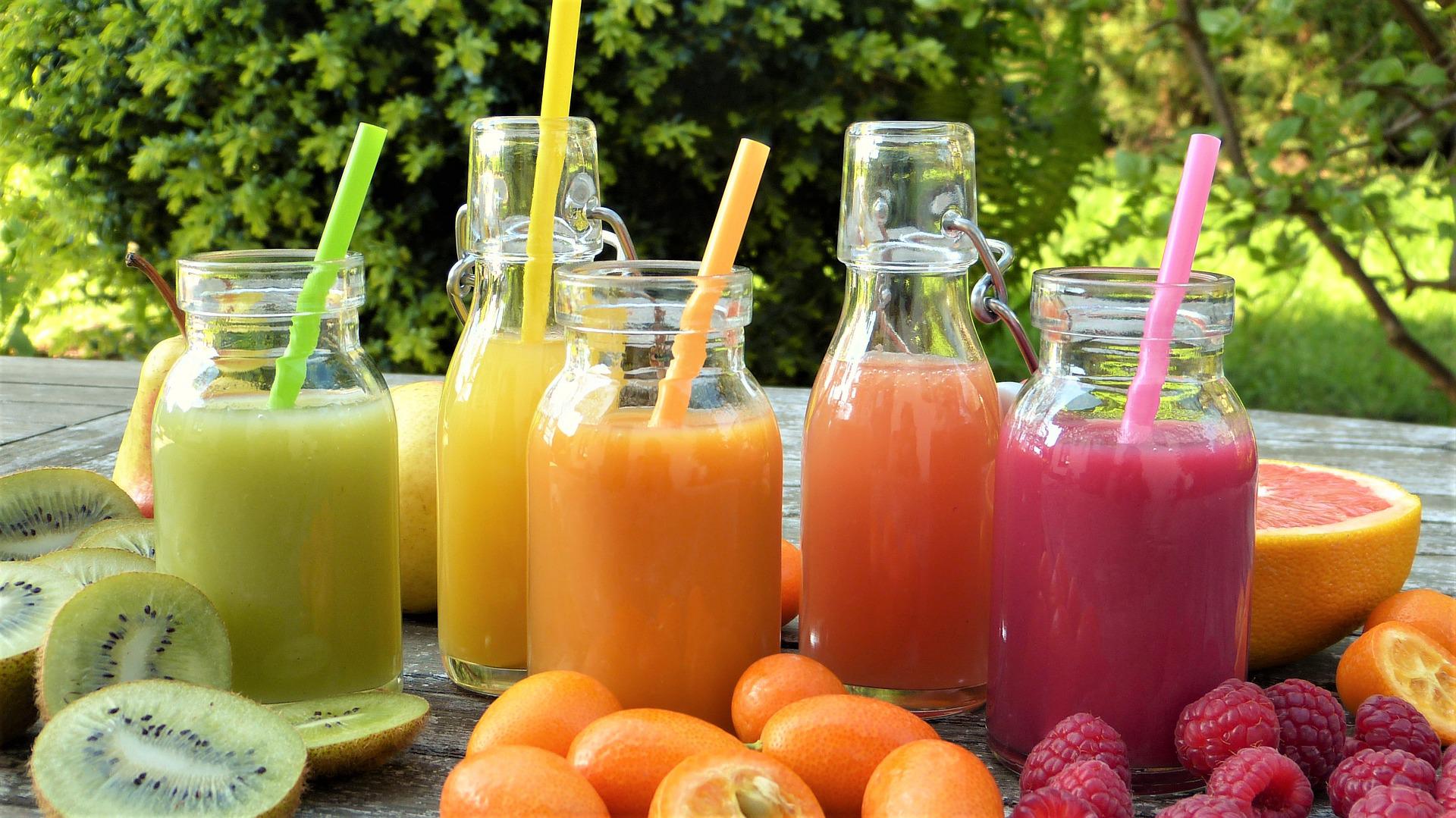Too much sugar is unhealthy. But what about fructose, or fruit sugar, in many fruits and vegetables? It’s not necessarily better.
Even though fructose occurs naturally in many fruits and vegetables, you shouldn’t overdo it. Fructose is not necessarily “better” or “healthier” than regular table sugar.
Body needs glucose
Many people think the body depends on sugar to function at all. However, this is a misconception. The body does need a particular type of sugar – glucose – but it is not only found in table sugar; it can also be obtained from starch, such as that found in potatoes or rice.
Fructose quickly leads to belly fat
Glucose is the optimal energy supplier for all cells. The main problem with fructose is that the liver can only metabolize it. The other cells have none of it. Therefore, fructose is deposited quickly as fat – primarily as belly fat or in the liver. In the very worst case, this can lead to a fatty liver.
Fruits and vegetables are nevertheless unproblematic
But don’t panic: Of course, this does not harm the daily boost of fruits and vegetables. The body can process this amount of fructose without any problems, mainly because the fructose is in a healthy mix of fiber and vitamins.
A medium-sized apple contains about six grams of fructose, and the WHO recommends a daily amount of sugar (of any kind) that does not exceed 25 grams. So two apples a day are easily within this limit. Things only get complicated when the body gets too much additional fructose – from sweetened juices or sweets, for example. There are various indications in research that too much fructose can lead to fatty liver, gout, or diabetes.
Article sources:
Stanhope, K. et al.: Fructose consumption: recent results and potential implications (US National Library of Medicine, 2013).
Seven myths about sugar and obesity (food watch)
Macdonald, I.: Recent evidence relating to sugars, insulin resistance, and diabetes (European Journal of Nutrition, 2016).
Stefan Kabisch (German Institute of Human Nutrition).
- picture: Bild von silviarita auf Pixabay
This post has already been read 1547 times!



